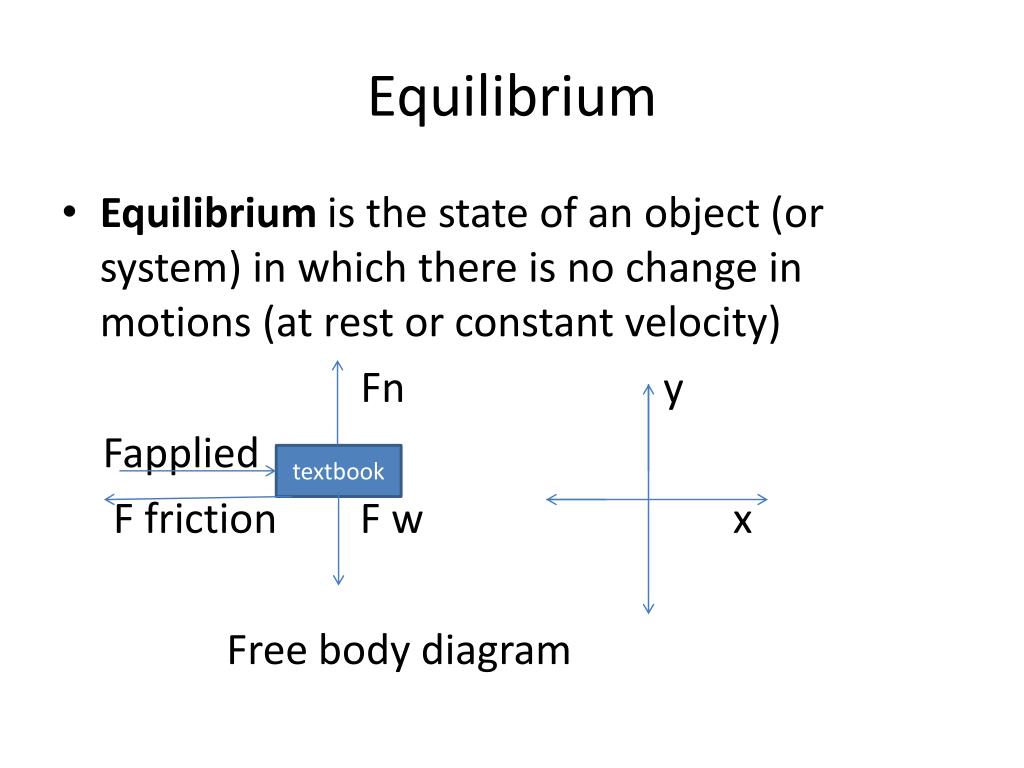

FX EQUATION FOR KINETIC FRICTION HOW TO
They enable us to calculate and predict approximate analytical results without too much effort, especially when our object is to learn how to develop and use models to solve problems, rather than to model a real situation accurately. We assume the Laws of Friction are true because they are useful, convenient approximations. As the speed of relative motion increases the friction force does in many cases decrease as you suggest it should, because of heating or aging. Like all empirical laws they break down in more extreme situations or when tested with greater accuracy. Real surfaces also have small amounts of contaminants such as oil or grease which provide lubrication and complicate the situation. But that is only one of several processes which are involved. Various theories are put forward to explain them, such as the making and breaking of bonds ('stick/slip'). They are generally and approximately true in most situations for relatively small forces and speeds. The critical angle where this occurs can be found by setting Fx equal to zero and solving for theta.The Laws of Dry/Solid Friction - such as that the friction force is independent of area of contact, proportional to the normal force between surfaces, and is independent of their relative speed - are empirical laws based on observation, like Hooke's Law and Ohm's Law. If the component of the force of gravity can overcome the force of friction, then the object will move. Does the mass accelerate down the plane? That depends.

FX EQUATION FOR KINETIC FRICTION PLUS
The x-component of the net force has the force of gravity plus friction. We can solve this equation to obtain the magnitude of the normal force, which we will need to get the frictional force acting on the crate. 3-15, the coefficient of kinetic friction between block A and the. This equation is the same as the one we obtained in the absence of friction. We can now substitute 1.23 m/s2 for a in either equation and obtain FT 77 N. Let's begin with the y-component of the forces. The forces acting on the stationary crate are gravity, pointing downward, the normal force, pointing in the positive y direction, and the force of static friction, pointing up the plane, in the positive x direction. Now, the force of gravity has to overcome the force of static friction to move the object down the slope. Recall that in the absence of friction, the object slid down the incline because of gravity. Let's revisit the inclined plane, this time taking into account the frictional force. In other words, once an object starts moving, it requires less effort to keep it in motion. Usually, the coefficient of kinetic friction for an object is much smaller than the coefficient of static friction for that object. We denote the coefficient of kinetic friction with a subscript k. The formula for kinetic friction is similar to that for static friction. Once we exert enough force to overcome static friction, we have to deal with kinetic friction, or rolling friction. The subscript s on the mu denotes static friction. The magnitude of the force of static friction is given by the coefficient of static friction, times the normal force, which, on a flat surface, is equal to the weight of the object. Static friction is a frictional force which prevents objects at rest from moving. The amount of friction between two objects is characterized by the coefficient of static friction, mu, which is usually a number between 0 and 1 There are 2 varieties of friction forces. Friction is a force that exists between two objects that are in contact with each other, and always opposes motion. Earlier in this lesson, we briefly talked about friction and its effect on moving objects.


 0 kommentar(er)
0 kommentar(er)
